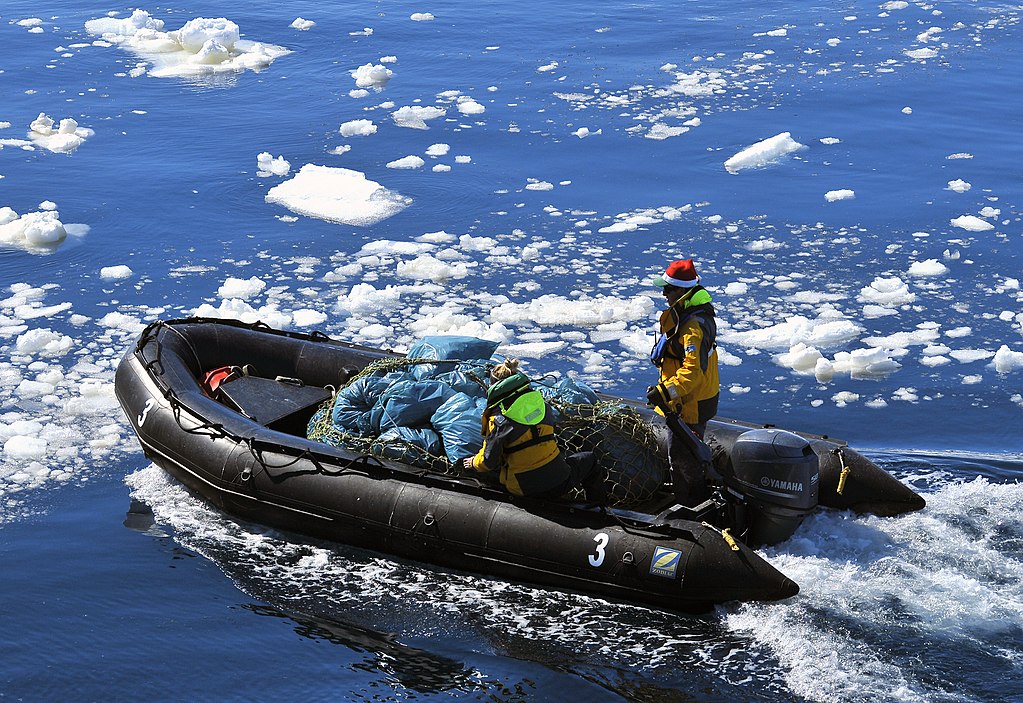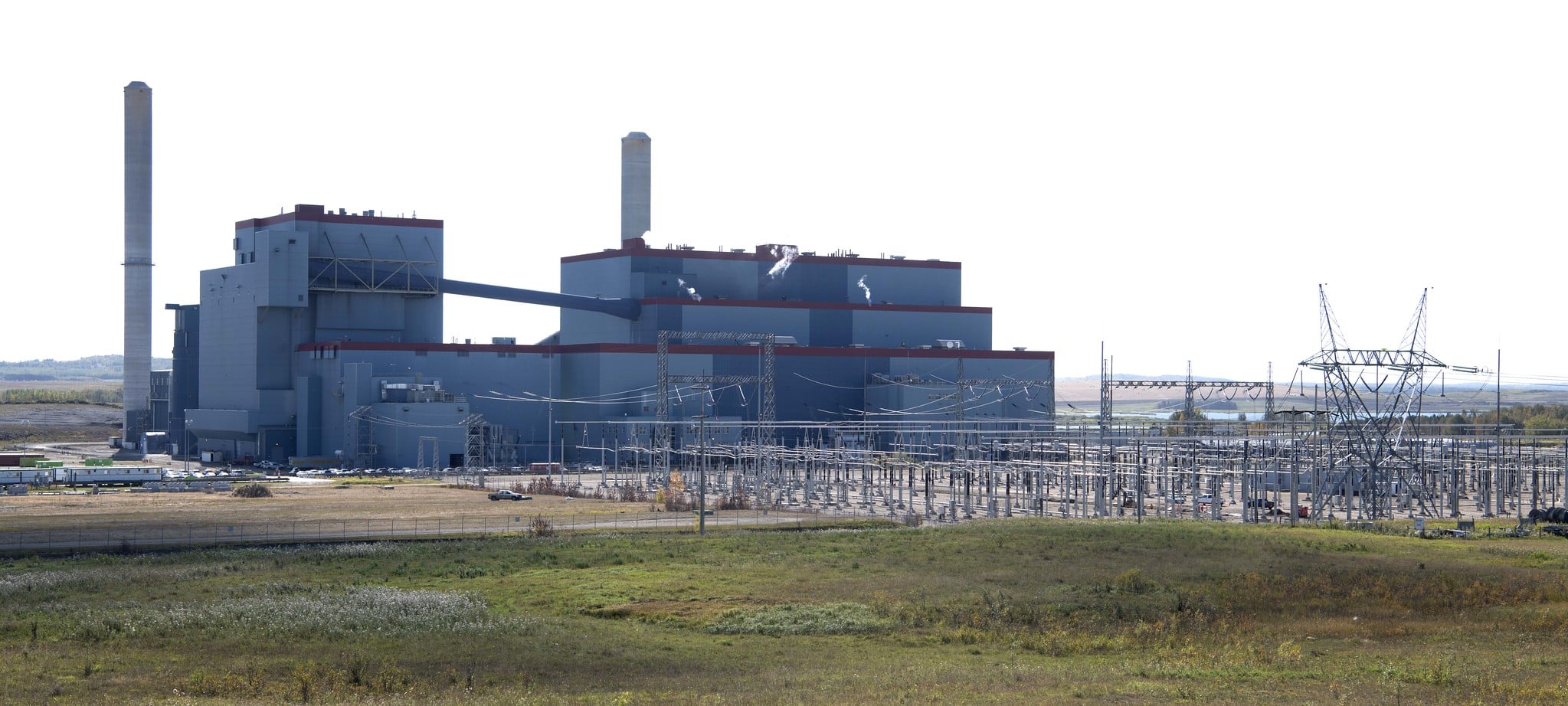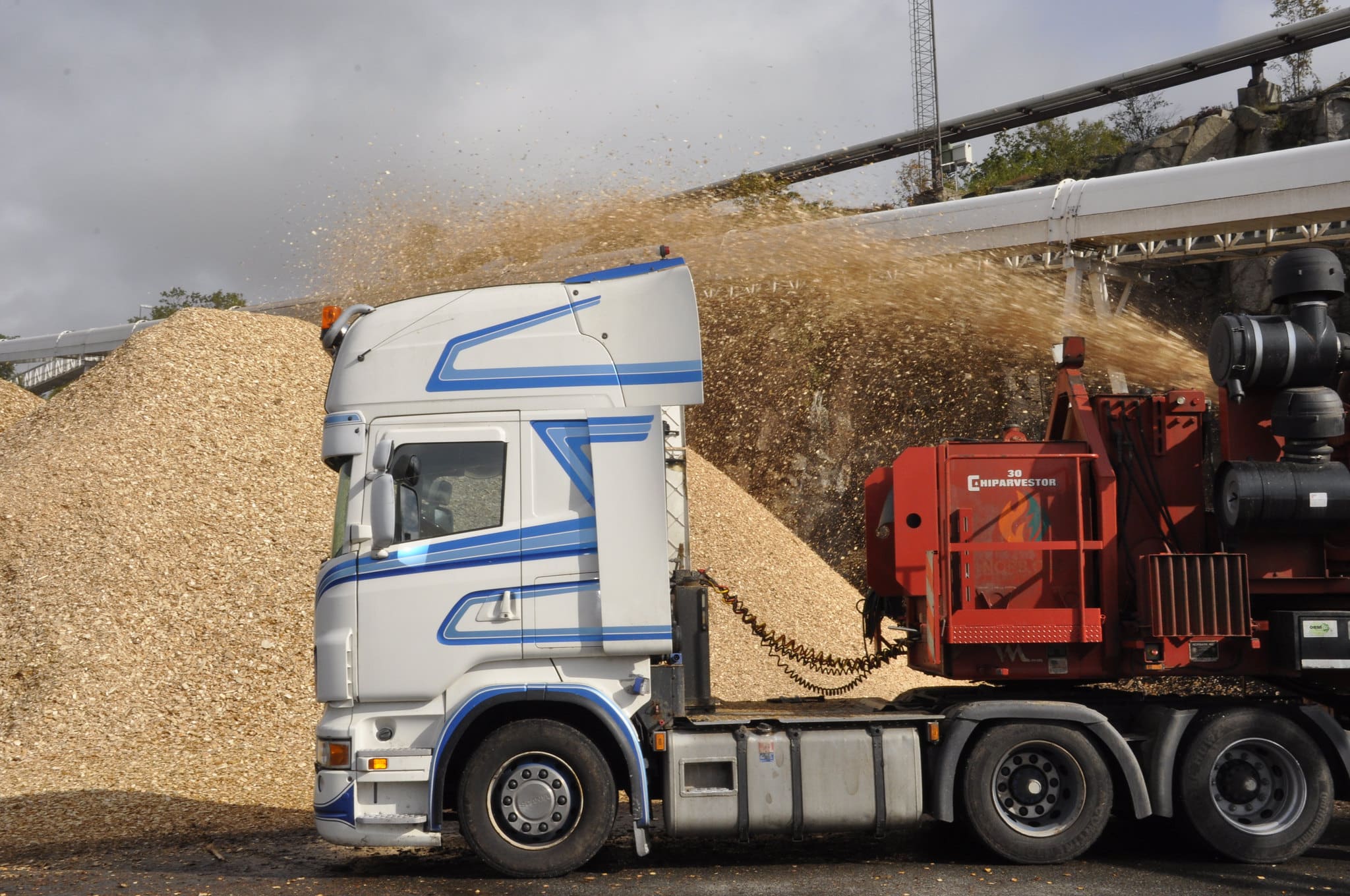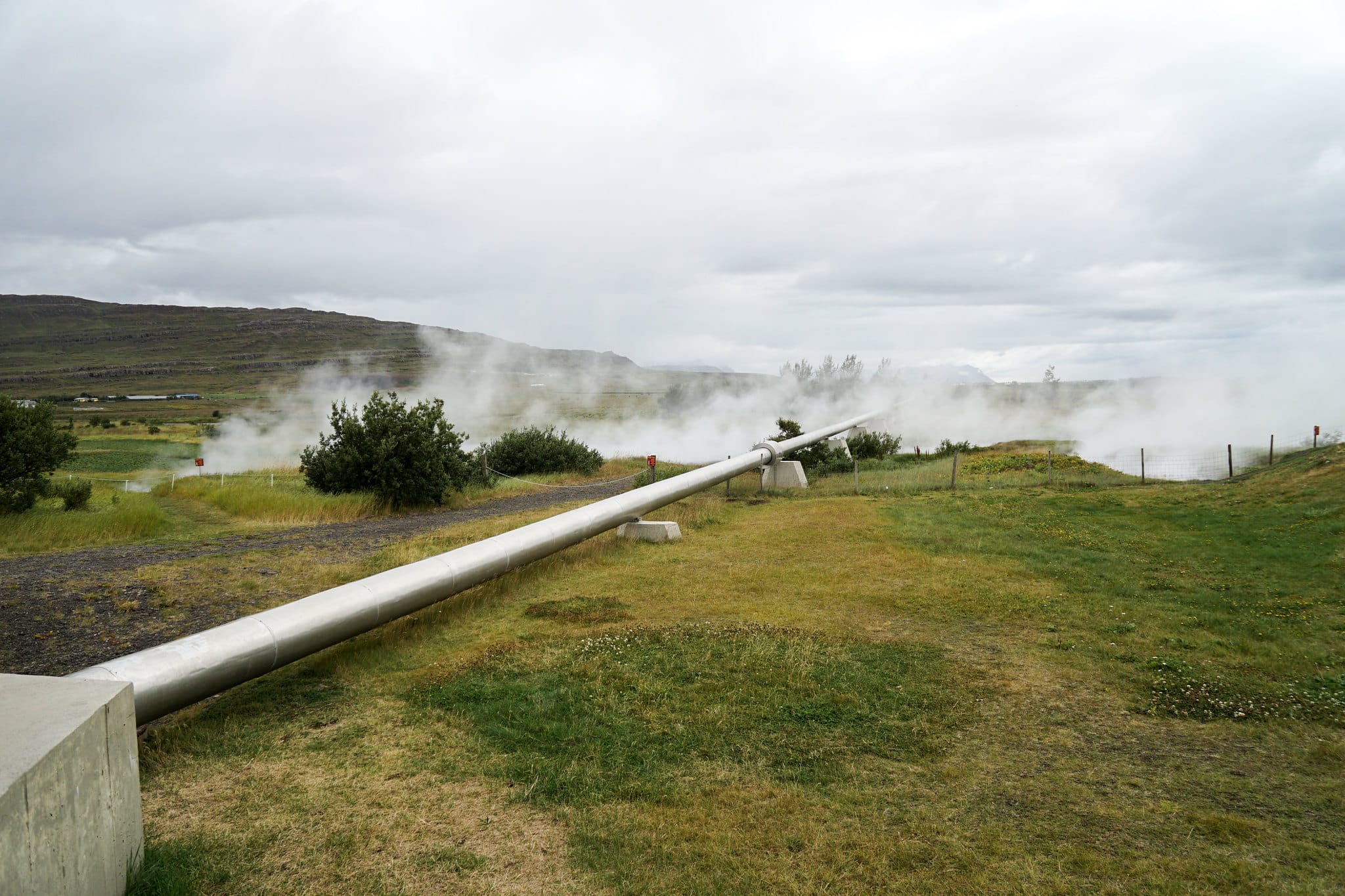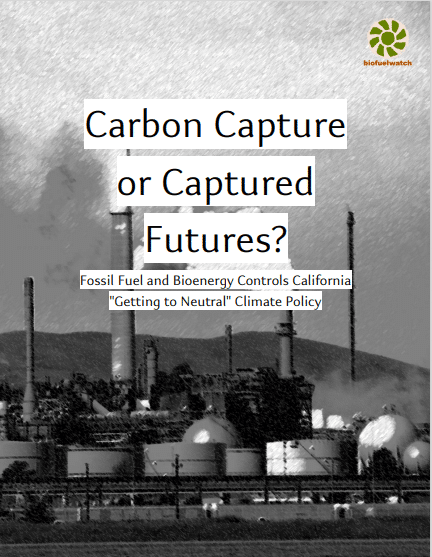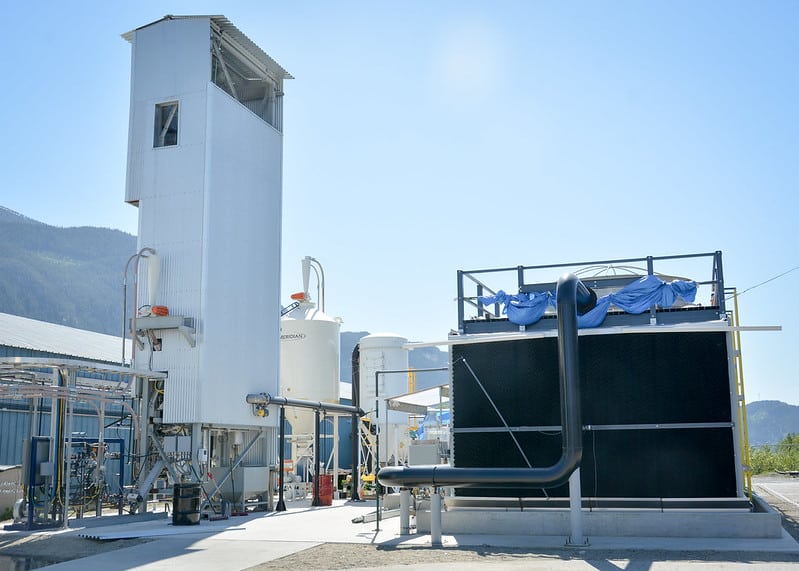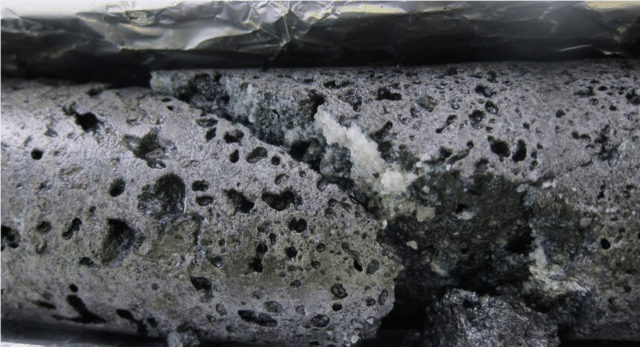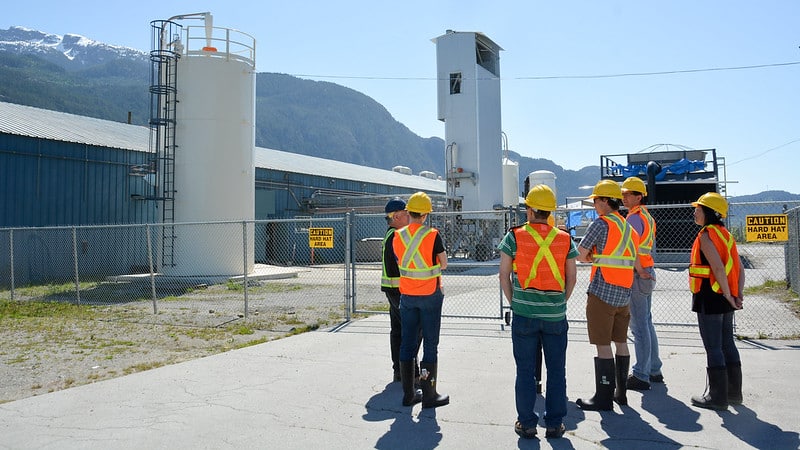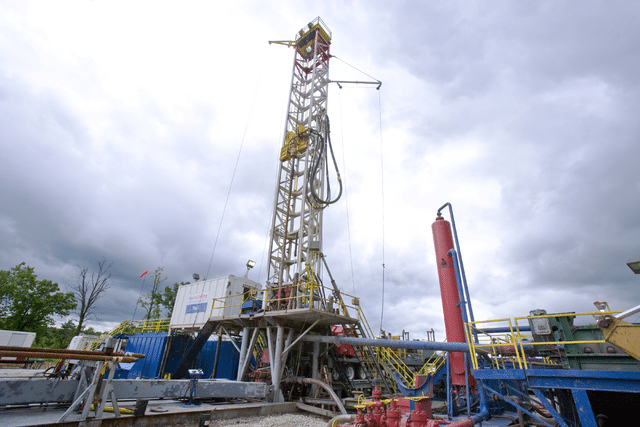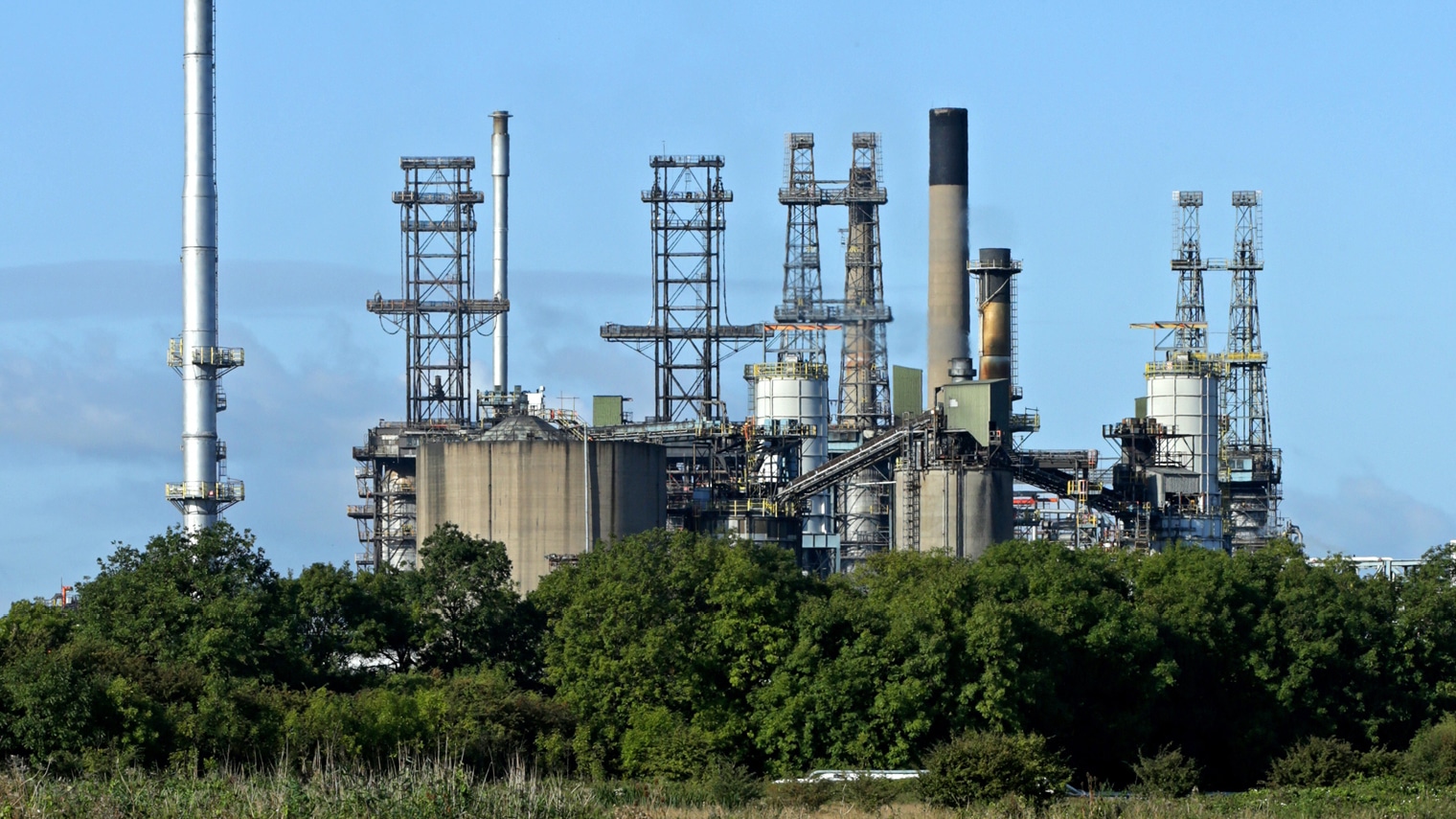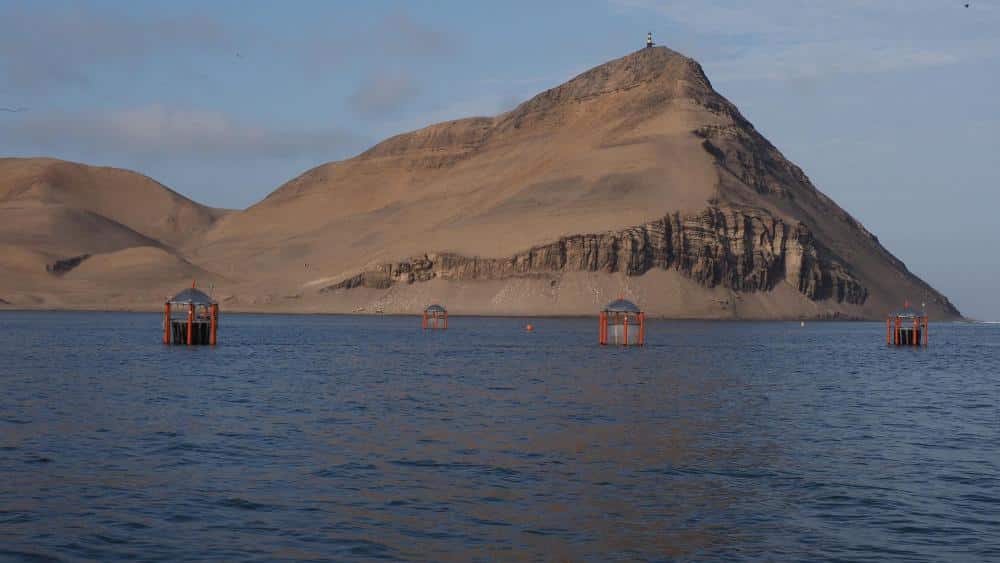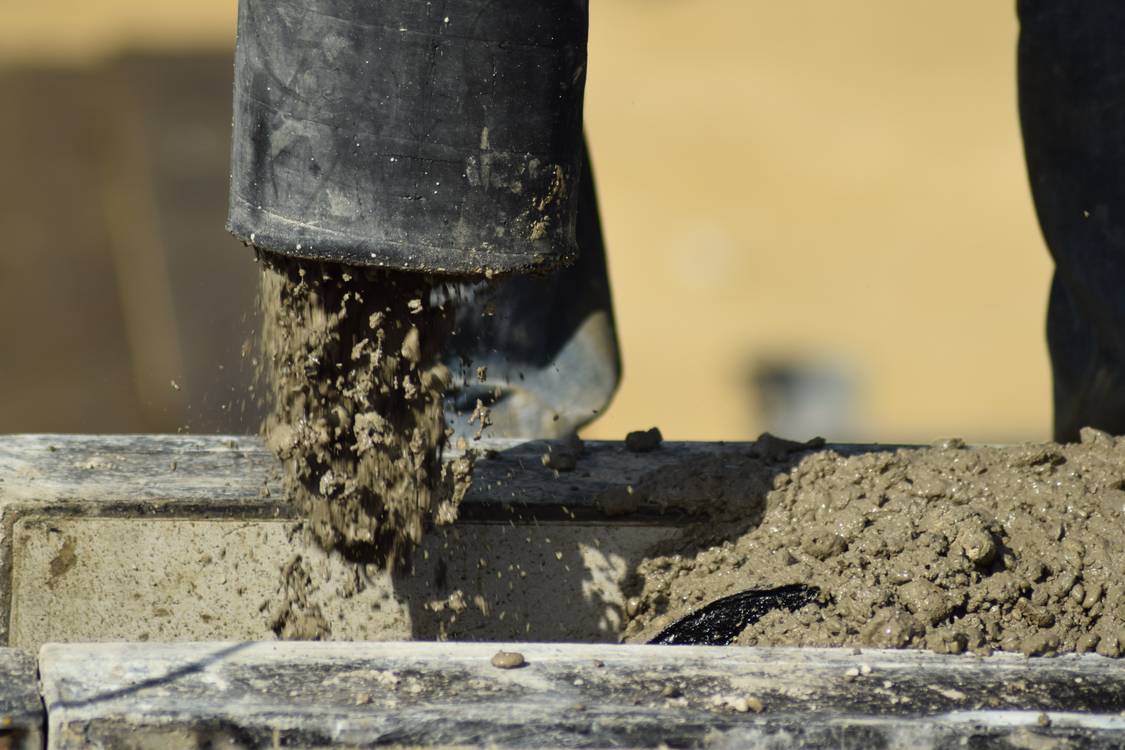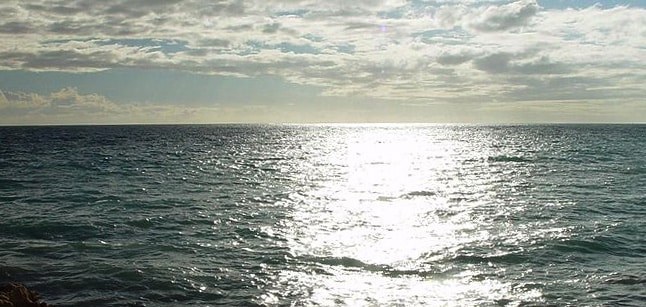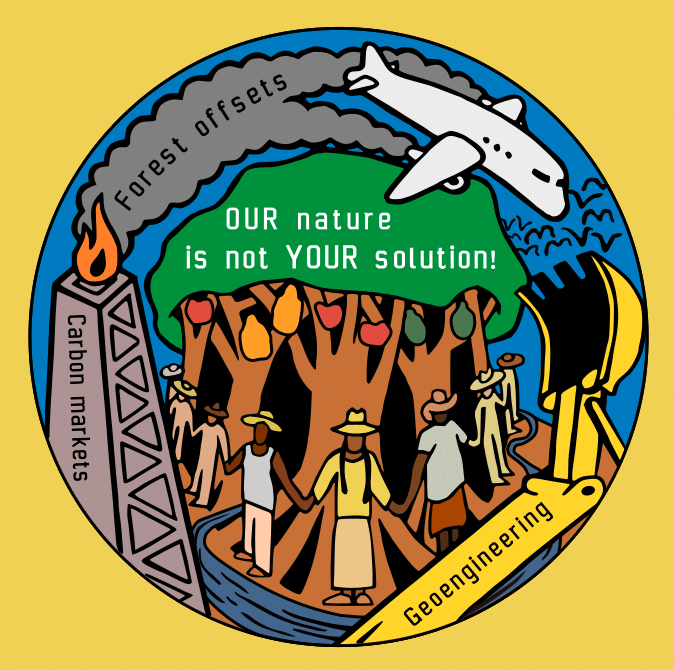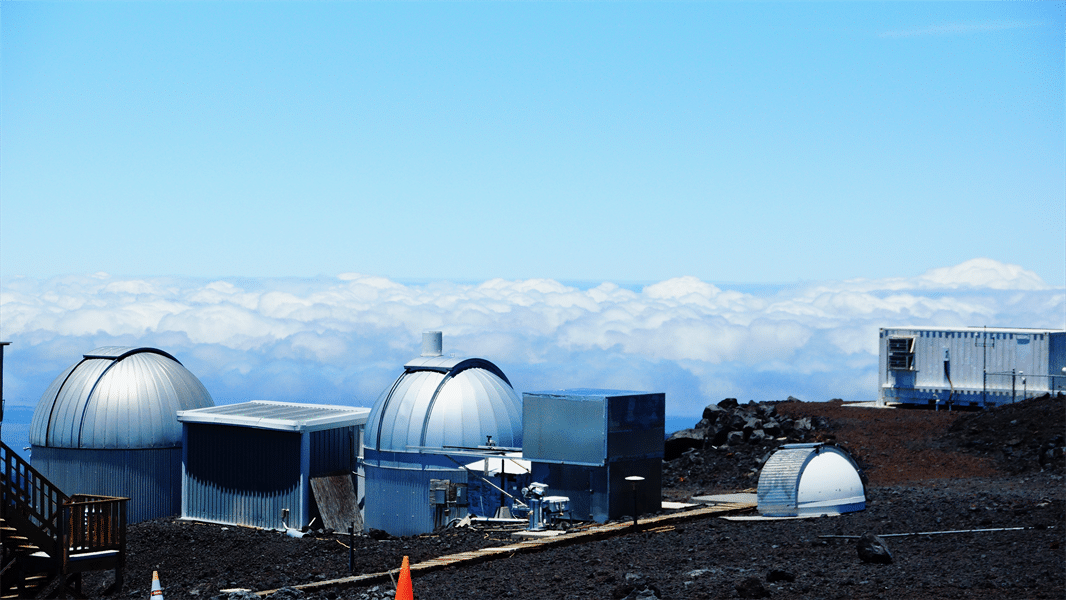By Anja Chalmin The third and final part of this quarterly review provides an overview of planned greenhouse gas removal (GGR) projects and outdoor trials affecting the marine environment. The new year has seen an increase in the number of planned marine...
Carbon Dioxide Removal / Greenhouse Gas Removal
QUARTERLY REVIEW #3: Carbon Capture and Storage developments in 2021
Photo Credit: Alberta NewsroomBy Anja Chalmin The third part of the report presents new developments, projects and funding programmes for the geoengineering field of Carbon Capture and Storage (CCS). More than 70 new Carbon Capture and Storage projects started in 2021...
QUARTERLY REVIEW #3: Biomass developments in 2021
Photo Credit: Statkraft By Anja Chalmin 3,000 miles of CO2 pipelines to be built and other updates on capturing carbon using plant biomass The second part of the report presents developments, projects and funding programmes aimed at capturing carbon using plant...
QUARTERLY REVIEW #3: DAC & CCUS developments in 2021
By Anja Chalmin This report presents the latest developments in geoengineering technologies, projects and funding programs worldwide in recent months. The report’s findings show an increasing interest in capturing CO2 (carbon dioxide) from ambient air and...
Carbon Capture or Captured Futures? New Report From Biofuelwatch on California Climate Politics
New Report from Biofuelwatch Exposes Sordid Workings of California Climate Politics While California state authorities continue to promote markets-based and technological approaches to advance ‘net zero’ as a primary focus for climate policy, grassroots organizations...
Fossil fuel industry and investments in CCS & CCUS
By Anja Chalmin The fossil fuel industry has a stake in the majority of known CCS and CCUS projects Carbon capture and storage (CCS) and carbon capture use and storage (CCUS) fall into the category of Carbon Dioxide Removal (CDR) geoengineering...
Carbfix and Climeworks’ large-scale plans to capture CO2 and inject it into basalt formations in Iceland involve high consumption of scarce resources and potential risks
By Anja Chalmin Since 2017, the companies Carbfix and Climeworks have been working on joint projects to capture CO2 and inject it underground in Iceland. Now this cooperation is to be expanded further: Climeworks aims to multiply the amount of...
Quarterly Review #2: Direct Air Capture
By Anja Chalmin Current developments on geoengineering technologies across six continents Part 3 of this quarterly review on geoengineering presents new technical developments and funding programmes and reports on a number of long-standing projects. Direct Air...
Quarterly Review #2: Carbon Capture
By Anja Chalmin The "storage" of captured CO2 in consumer products is to be further developed with extensive financial support provided by companies and governments The Carbon XPRIZE has announced the winners of the competition. The prize money will be used to...
New report: Hoodwinked in the Hothouse (third edition)
RESIST FALSE SOLUTIONSTO CLIMATE CHANGE Hoodwinked in the Hothouse is a new report that details new and alarming false solutions to climate change. Several HOME campaign friends and allies worked on the report to expose false climate solutions.In the 12 years since...
Geoengineering activities in Latin America
Photo 1: A worker lays white paint on the Peruvian Andes in a bid to get water and vegetation to return to the mountain range, © CNNPhoto 2: ‘BioUrban 2.0’ air purification system in Puebla, Mexico on August 7, © AFPPhoto 3: Carbon Capture, Use and Storage Technology...
Geoengineering activities on the African continent
by Anja Chalmin The interactive geoengineering map, generated by ETC Group and the Heinrich Böll Foundation, documents geoengineering projects and experiments worldwide. An analysis of the data shows that on the African continent the topic „Geoengineering“ has...
Updates on Weather Modifications and other Technologies (Quarterly #4, Part 3)
by Anja Chalmin Large-scale weather modification plans continue to grow in China: This plan may develop conflicts over water or endanger Asia's biggest freshwater reserve Weather modification has a long history in China. Since the 1950s, there has been a long series...
Updates on Bio-energy with Carbon Capture and Storage and Direct Air Capture (QUARTERLY #4, PART 2)
by Anja Chalmin Burning biomass is a threat to climate (and no silver bullet) – The impact of BECCS using the Drax plant, Great Britain’s biggest power plant, as an example Bioenergy with Carbon Capture and Storage (BECCS) is employed at the Drax Power Station in...
Update on Carbon Capture and Storage (Quarterly #4, Part 1)
by Anja Chalmin CARBON CAPTURE AND STORAGE (CCS) IN THE NORTH SEA REGION Some coastal member states of the North Sea, e.g., Norway and Great Britain, propose to use the North Sea as a storage site for CO2. Some projects want to install new structures such as pipelines...
Governments Announce Subsidies for Carbon Capture Hubs (Quarterly #3)
by Anja Chalmin Despite many concerns about the technology's impacts, several governments – UK, Australia and Denmark among them – have announced financial backing for Carbon Capture and Storage (CCS) and Carbon Capture Use and Storage (CCUS) hubs. CCS increases the...
Synthetic Fuels, Capture Pledges and Other Updates (Quarterly #2)
by Anja Chalmin CO2-based SYNTHETIC FUELS: NEW R&D COOPERATION AND PRODUCTION SITES In May, Lufthansa Group signed a Letter of Intent with the ETH Zurich and its two spin-offs Climeworks and Synhelion. The partnership aims to accelerate the market launch...
Marine Geoengineering, CC(U)S hubs, and Synfuels: Quarterly Update
by Anja Chalmin Marine geoengineering: further offshore trials announced The coastal waters off Callao, in the Humboldt Current of the coast of Peru, were the scene of upwelling trials from February to April, performed by the GEOMAR Helmholtz Centre for Ocean Research...
Can Captured Carbon be Put to Use?
Overall, it can be said that the potential for CO2 as a feedstock for industrial processes compared to the global CO2 emissions is minuscule.
Geoengineering Threatens Oceans
High-risk geoengineering projects are proceeding in violation of UN moratoria MONTREAL, SYDNEY, UTQIAGVIK, SANTIAGO—On World Oceans Day, members of a global coalition formed by 195 organizations on 45 countries are raising the alarm about the threat of geoengineering...
#OurNatureIsNotYourSolution: resisting geoengineering and other false solutions on International Day for Biological Diversity
by Coraina de la Plaza, GFC, SpainMay 22nd is International Day for Biological Diversity, and the theme chosen by the United Nations this year is “Our solutions are in nature”. This is a clear reference to Nature-Based Solutions (NBS) as a strategy for mitigating...
“Carbon Capture” Is No Magical Climate Cure
We need a radical change in the way we produce energy. But decision makers are being seduced by ‘fixes’ promoted by the fossil fuel industry in an attempt to keep us locked into their failed model.
New Government Financing for Geoengineering (April update)
Solar geoengineering, upwelling, carbon capture and other projects receive funding in 2020
Deceptive California Climate Bill Pushes Geoengineering
California state legislators have explicitly promotes a climate policy framework vision that celebrates and advances morally hazardous and environmentally dangerous geoengineering technologies for “carbon dioxide removal” (CDR) and “negative emissions.”
